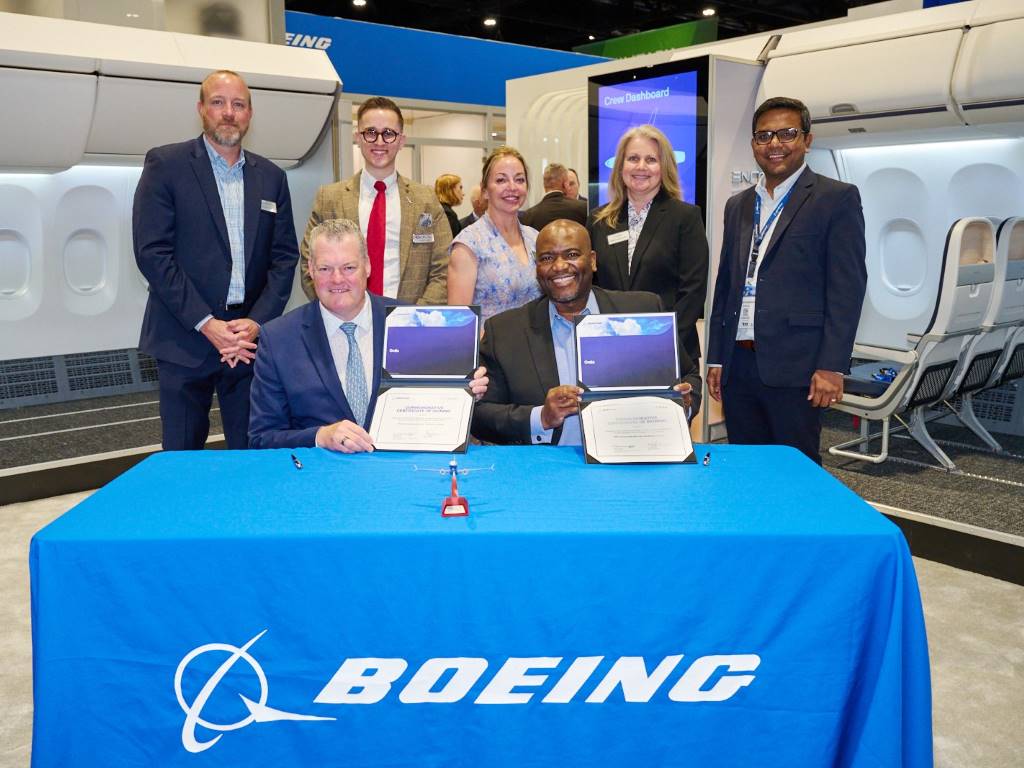Multiplied automation for the multirole fighter

In this Q&A session Don Kinard, Lockheed Martin senior fellow F-35 production, discusses with Ed Hill how the defence giant is applying automation, robotics and additive manufacturing to production of the F-35 Lightning II.
In this Q&A session Don Kinard, Lockheed Martin senior fellow F-35 production, discusses with Ed Hill how the defence giant is applying automation, robotics and additive manufacturing to production of the F-35 Lightning II.
Q) At what stages have you introduced more automation in your aircraft construction. Is it in the manufacturing of components, systems testing or assembly?
We’ve introduced automation in several areas of F-35 production to increase efficiencies, reduce costs and meet requirements. We’ve introduced automation for detail parts fabrication, such as fibre placement for composites. We’ve automation for assembly, including flow to TAKT manufacturing material handling systems, automated tool storage and retrieval systems, robotic coatings, and auto drilling. We also have some limited automation for test; however, assembly is typically where we focus most of our automation development.
Q) Would you say at present automation suits certain materials and processes more than others?
Depending on their configuration, composites lend themselves to fibre placement, while metal parts fabrication isn’t as ideally suited for automation, unless you’re doing large volumes of parts and automated material handling. The majority of our automation efforts focus on assembly. Additionally, coatings are typically robotically applied to meet tolerance and quality requirements.
Q) Is it more difficult to apply automation to military aircraft construction compared to civil/cargo aircraft?
Historically, military aircraft production has been more challenging to automate because of less volume, with higher tolerances and requirements, and different contracting and funding approaches. That said, the economies of scale, volume and longevity of the F-35 programme really enables us to invest in automation throughout our production.
Q) What potential is there for speeding up the development phase of aircraft with more Industry 4.0 elements in manufacturing. Are you employing CAE and simulation to hasten aircraft development?
Yes, the industry must get faster at the development of new products and utilize simulations, digital twins, and more - to turn out products faster and also of higher initial quality so that they require less testing to validate the designs. This is essential to industry viability in the future.
Q) To what extent are you using additive manufacturing processes in your aircraft development and construction? Does it have potential for genuine volume production?
We have made, and continue to make, thousands of tools using polymer additive manufacturing – and we have about 15 machines cranking these parts out. We produce ground support parts using additive (polymer and metal) manufacturing and even have a couple of small, non-structural polymer parts flying on the F-35 from suppliers. When it comes to the major structures this is likely years away with certification and qualification requirements in aviation.
On the aircraft sustainment side, we are also working closely with operators in the fleet to identify F-35 hardware and support equipment manufacturing opportunities with alternate methods such as additive manufacturing. These have the potential for fast, low-cost delivery of replacement support equipment, tools and components. Additive manufacturing will continue to have an impact on the aerospace industry and from our perspective there is a lot of development underway.
Q) How do you share what you have developed in automation with other assembly sites of the F-35 and the rest of the supply chain?
We share our development activities with our supply chain, within all ITAR requirements. Our global supply chain constitutes about 75% of F-35, so we’re highly engaged in sharing manufacturing technologies, affordability projects, and lessons learned to significantly reduce costs.
Q) How do you see automation/robotics and concepts, such as the Smart Factory developing in the aerospace industry? Could it ever reach the levels that we see in other industries?
While automotive and consumer electronics industries lend themselves well to ubiquitous, full scale automation, I envision the aerospace industry steadily increasing its use throughout phases of development, production and sustainment. We’re looking at lots of different automation applications for some of our high-volume products like F-35 where we’ve a long production run. As I mentioned earlier differences in military and commercial economic analysis and policies have an impact on capital expenditure decisions. We’re also looking at smart factory applications like RFID and IoT sensors to monitor equipment.













